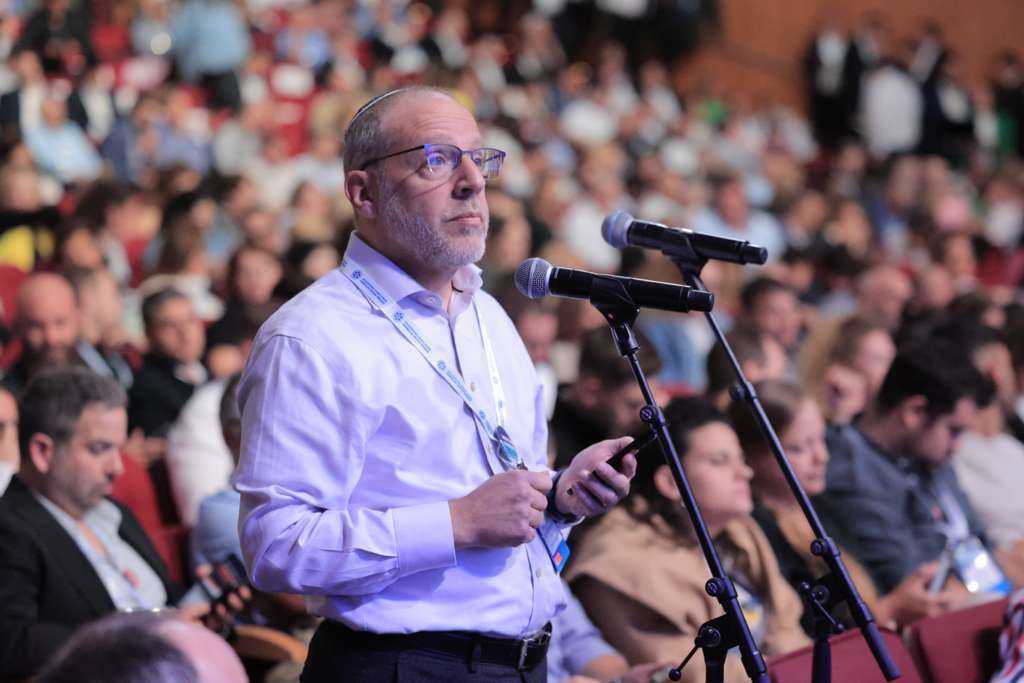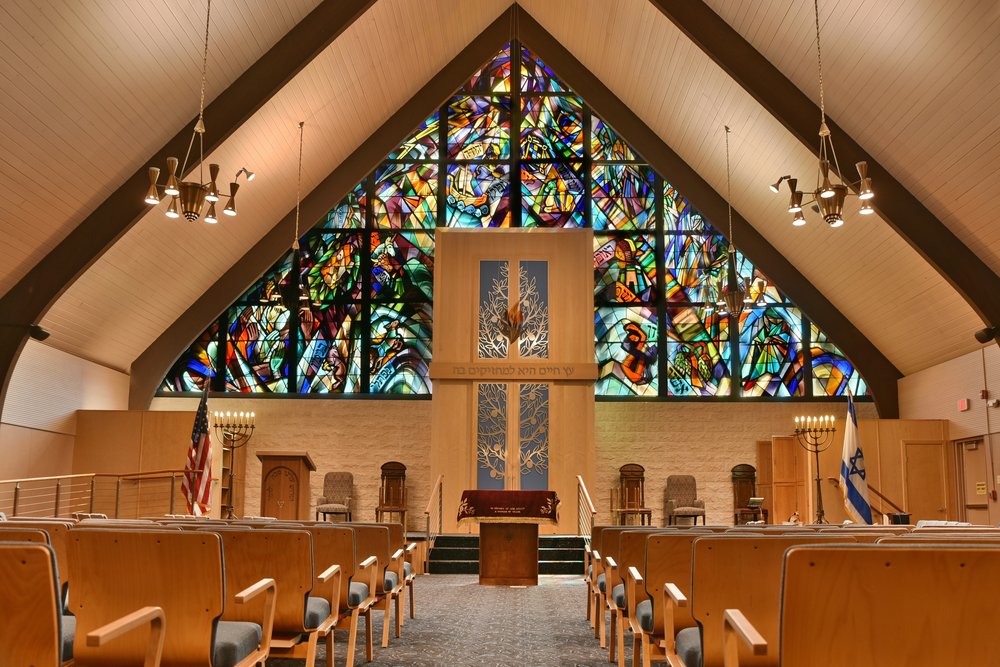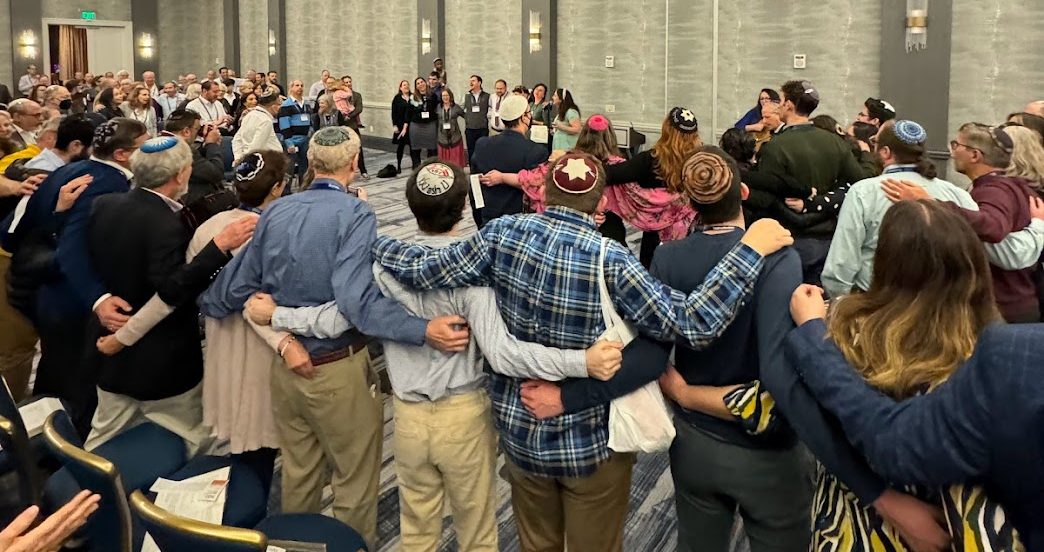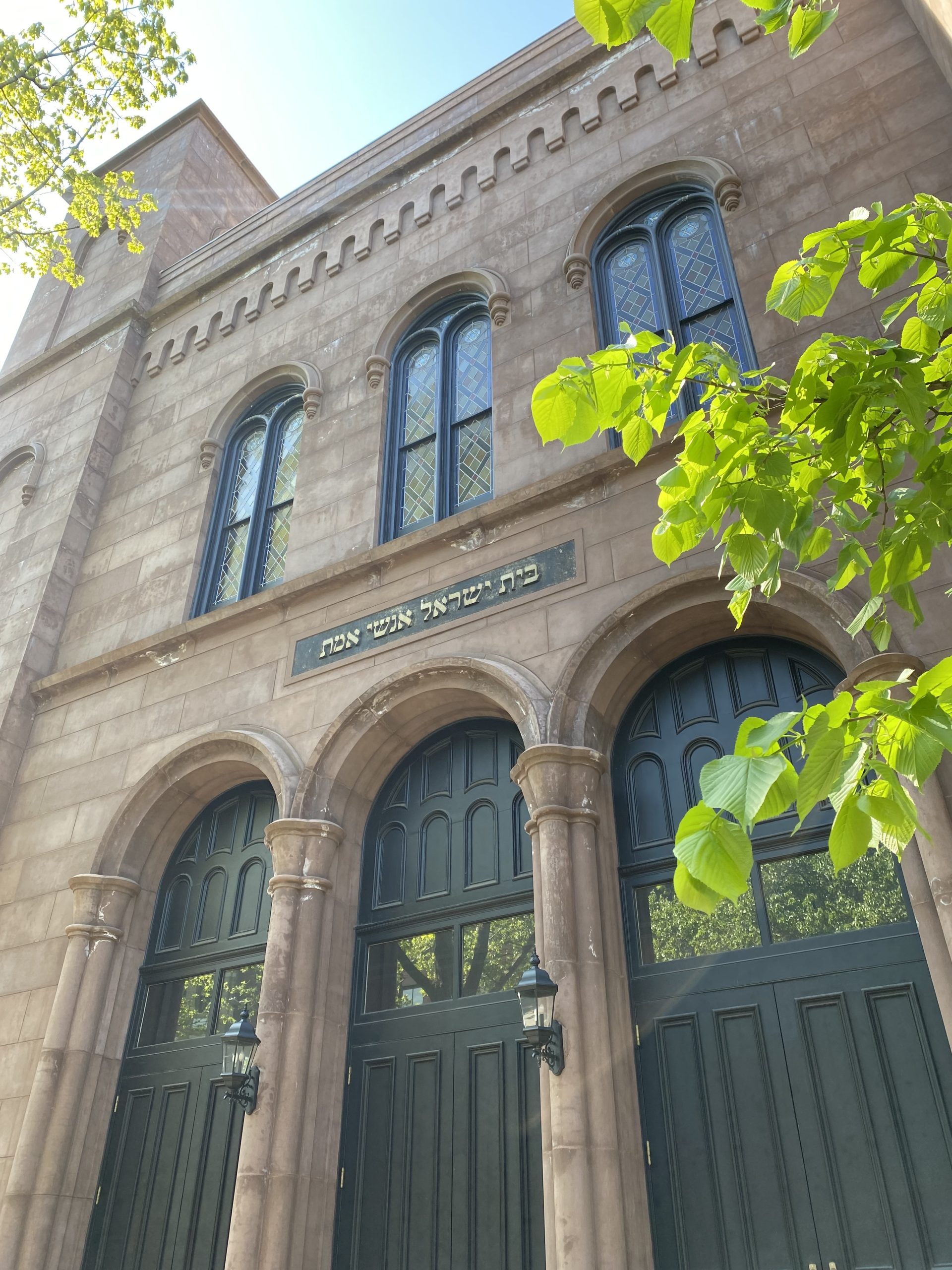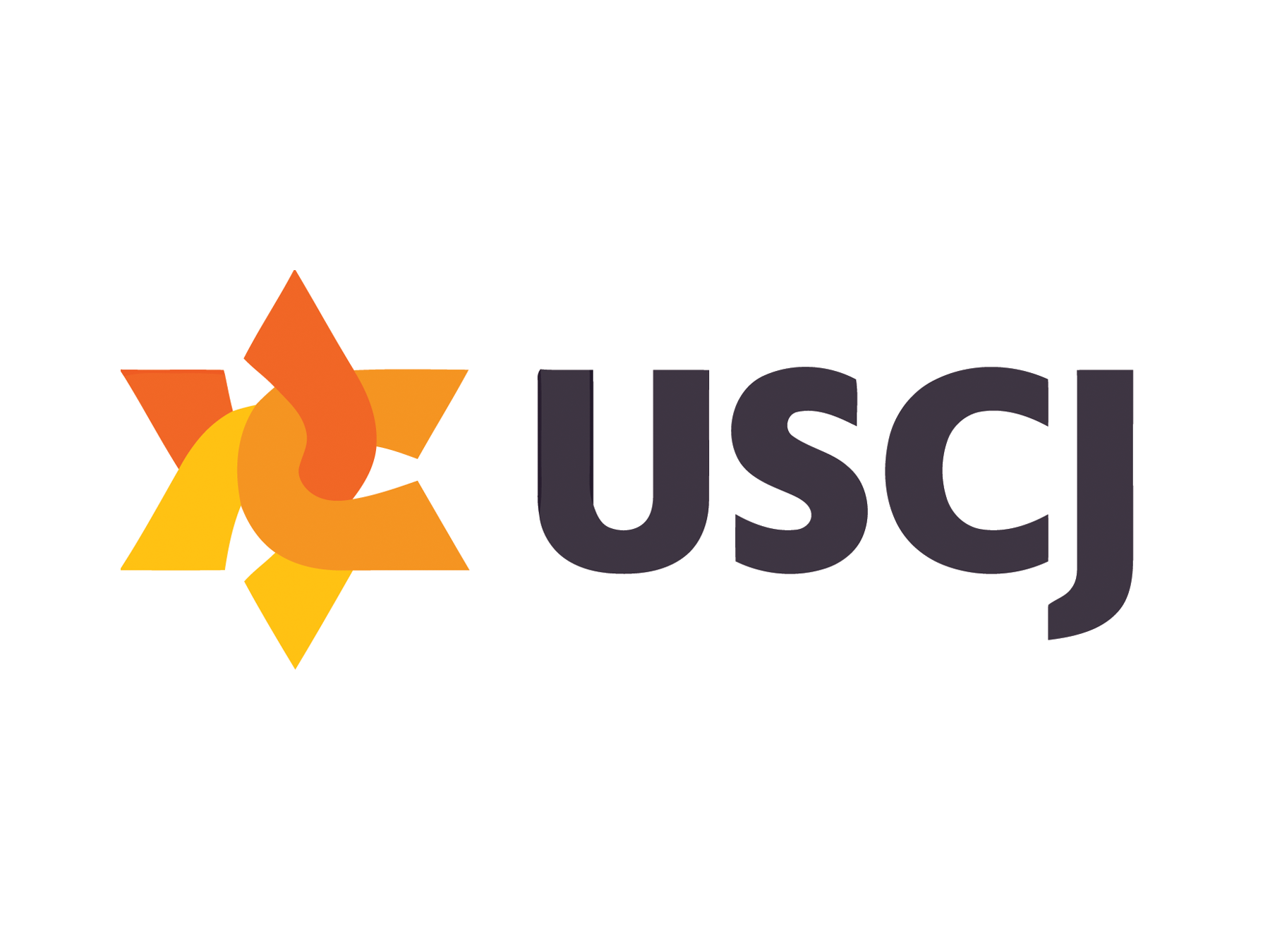
Nine years ago, when I first began working as a Synagogue Consultant at USCJ in the Metropolitan New York (METNY) District, collaboration was a familiar and important topic. In fact, it was so important, that the first conference that we held was on collaborations and mergers. With the current pandemic creating greater pressures on our congregations, we are holding our fourth conference on collaborations and mergers in November.
Collaborative work in METNY can be a model for synagogues in the rest of the country, as it is a building block for greater synagogue and Jewish communal vibrancy.
At first blush, the proximity of METNY congregations might seem to make collaboration more difficult, as synagogues worry about losing members to each other. While this is a concern for some, many more have realized that it is critical for long-term success. What follows is the “secret sauce” of METNY’s congregational successes, and ideas as to how others can replicate this success.
Factors that Led METNY Congregations to Collaborate
Proximity
I like to say that METNY is like a string of pearls, with a synagogue every few miles. As far back as twenty years, collaborative work in METNY began with religious high schools and youth groups, and has since expanded into other areas such as programing and religious services. Specialty programing is one of the newer forms of partnerships. For example, one congregation has been bringing together six local Conservative congregations for a very successful Yom Hashoah program. They now also partner with the local JCRC and local government to increase their overall outreach and impact.
Demographics
It is no secret that changes in affiliation patterns, aging of our communities, and couples starting families later in life are and have been deeply affecting synagogue membership in recent years. A couple of years ago, some of our senior congregations recognized that young families were no longer moving into their areas so they stopped focusing on outreach only to them. These synagogues began to explore relationships with new adult communities in their neighborhoods and teamed together with them for adult learning and programing.
Leadership/Volunteer Burnout
Over the last twenty years there has been an explosion of Jewish organizations that all vie for the same pool of volunteers. Synagogues, are no longer the primary “adult” volunteer experience. USCJ has created several educational and programmatic experiences, like Sulam for Current Leaders (SCL), Sulam for Emerging Leaders (SEL) and Sulam for Purposeful Living (SPL) to help our synagogues recruit, engage and train volunteers and leaders.
Financial Issues
Aging buildings, declining membership, lost income from catering/renters, and donor fatigue, all create situations that make sustainability ever more challenging. It is not uncommon for Conservative synagogues in METNY to explore combining religious school programs for cost saving purposes. It is now also becoming more common for Conservative and Reform synagogues to rent space from each other, share buildings, or combine religious schools providing more flexible learning options.
Why Efforts Have Been Successful in METNY
They see it as a learning process
Partnering with other synagogues affords METNY congregations the opportunity to work with different types of leaders and different congregational cultures. Varied partnerships create a learning process for both parties; they have the opportunity to get better at it or determine that they are not a “good fit”.
Frequent and Transparent Communication.
Good communication is critical in garnering support for partnerships and ensuring success. Creating relationships and excitement are key to collaborative accomplishments. The METNY District has had a long history of bringing synagogue leadership together to network, share information, and give support to each other. The pandemic brought forward a greater desire to hold METNY leadership roundtable gatherings more frequently and move in-person meetings to an online format, creating a good model for congregations.
Lots of Practice
As in any new venture, there is a learning curve. Synagogues in the METNY district of USCJ have been collaborating and partnering for years. It’s work that is familiar and comfortable. But they have not become complacent. Our synagogues continue to ask themselves and each other, “What’s working? What’s not? What can we improve?”
Perseverance
Not all collaborations work right away. Timing may not be right, bandwidth issues very often get in the way, egos, and inertia can all create barriers. One congregation became more open to collaborative work when founding synagogue members no longer held leadership positions. Transitions can create new opportunities. It’s important to be persistent, and to look for openings and recognize those transition points.
What You Can Do in Your Community
- The virtual world has blurred lines and given all communities the ability to reach people differently than they had in the past. Individuals from all over North America (and the world!) have been Zooming into Shabbat and holiday services like never before. While some may decide not to become synagogue members, they may still make donations, help with making a minyan, and can add to overall synagogue vibrancy.
- Shared programming can create financial savings through joint staff, curriculum and materials, and offer synergies for family, youth or adult programming that did not exist independently. A hybrid of in-person and virtual classrooms or programs creates new opportunities to allow synagogues to expand their viable partner options where proximity issues would not have previously allowed.
- What were once obstacles to working with more physically distant communities and more varied organizations have now been reduced by the ability to hold virtual meetings and gatherings. This in turn allows for more exploration of synergies. These new virtual relationships can develop into a desire for more in-person work. Some communities even feel that virtual programming gives them the ability to be more inclusive for a population that cannot otherwise participate.
- Use technology as a collaboration tool. Online schmoozing, cooking classes, and book clubs have helped to create meaningful connections in new ways. Zoom break-out rooms for “sharing” Shabbat dinners and fundraising through virtual galas have made us consider how we can engage our communities more deeply even if we cannot be physically together.
- Look for collaborative partners in places you may have never considered before. A transition point, such as a change in leadership or a financial setback can often be a signal for opportunities that can facilitate the possibility of creating a new relationship. Continue to reflect on your community’s work with an eye toward new and different partner(s) which can be a springboard for new ideas and hopefully new relationships.
Why Synagogue Collaboration Matters
It takes vision and courage to consider partnering with other congregations to make a synagogue into a stronger community. Synergies of collective congregations can create a vibrancy for the future that will benefit not only individual congregations, but the larger Jewish community. As you decide to explore to collaborations and partnerships, approach the venture from mutual positions of strength and with the hope of creating a kehillah kadosha (sacred community) for current and future generations.
Endnote: Collaborations and partnerships may ultimately lead to mergers, or consolidations which can be complex and emotional. Your community’s first step should always be to build solid relationships and explore shared undertakings. Merger and consolidation will be the topic of my upcoming article.
Click HERE to view the METNY Webinar on Collaborations and Mergers.
Click HERE to access the webinar slides.




